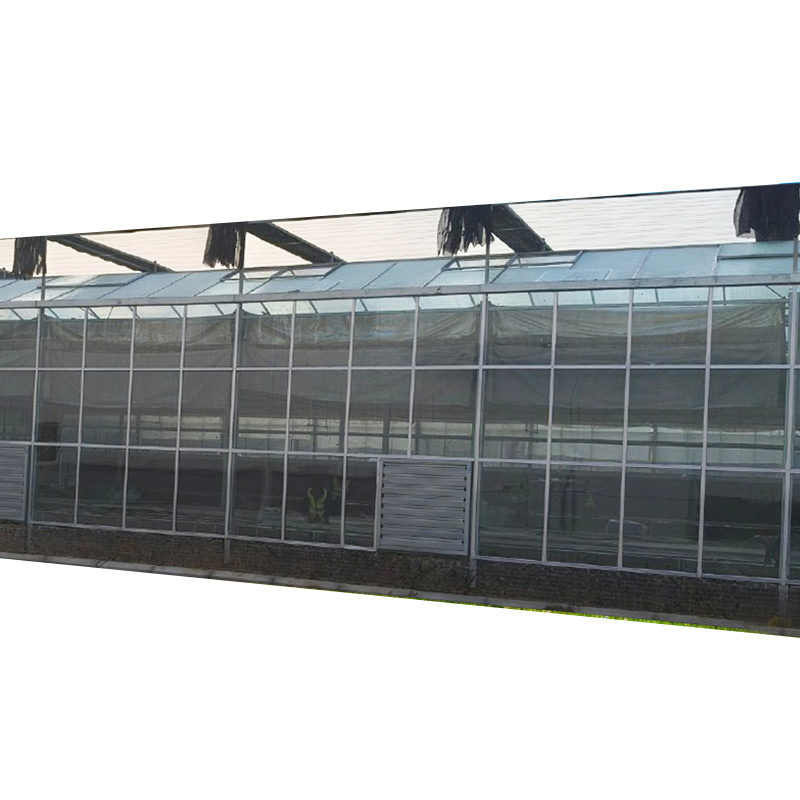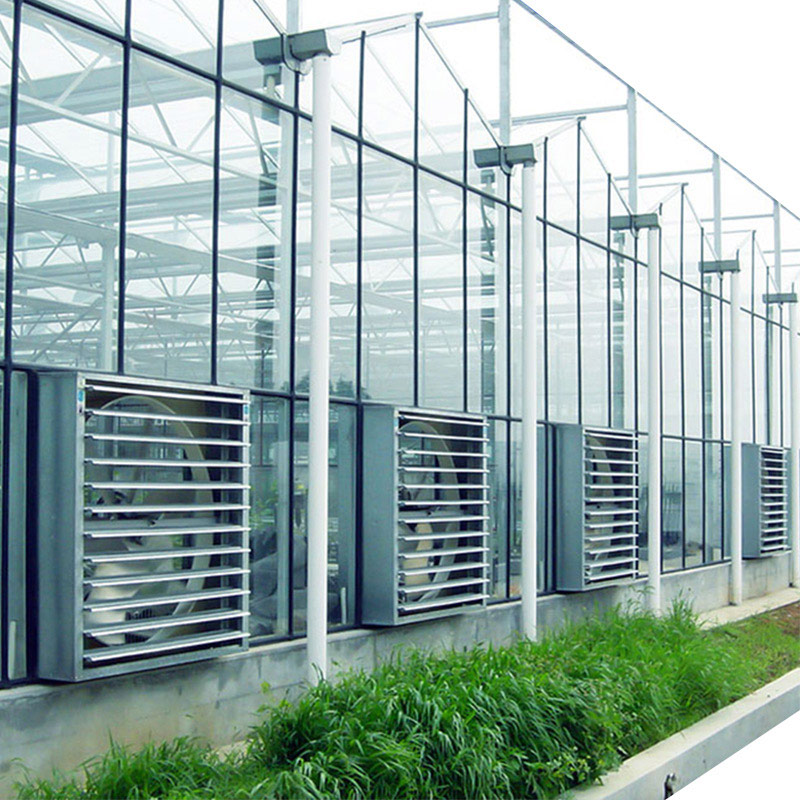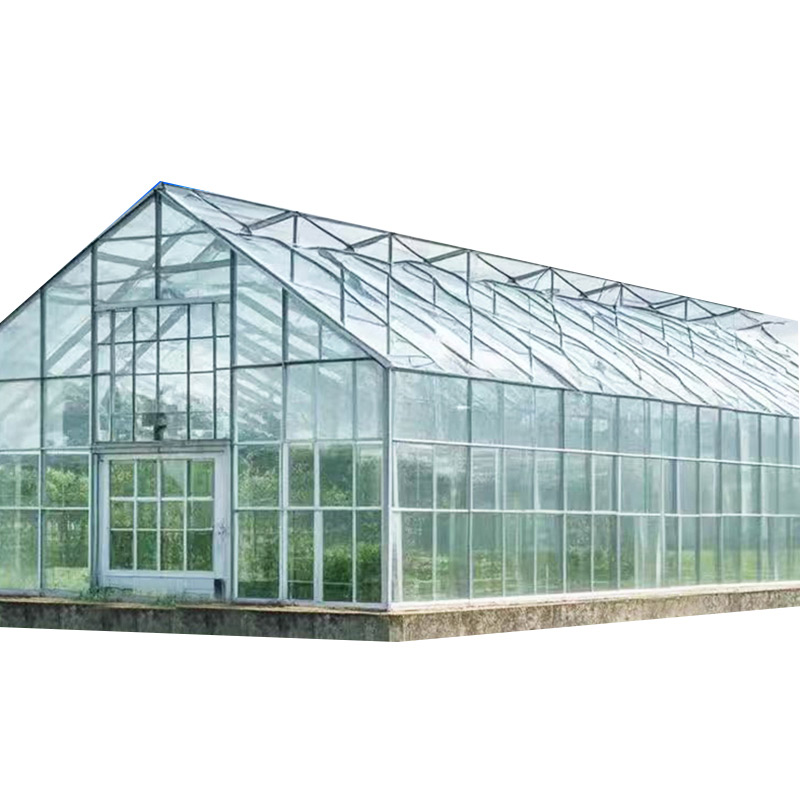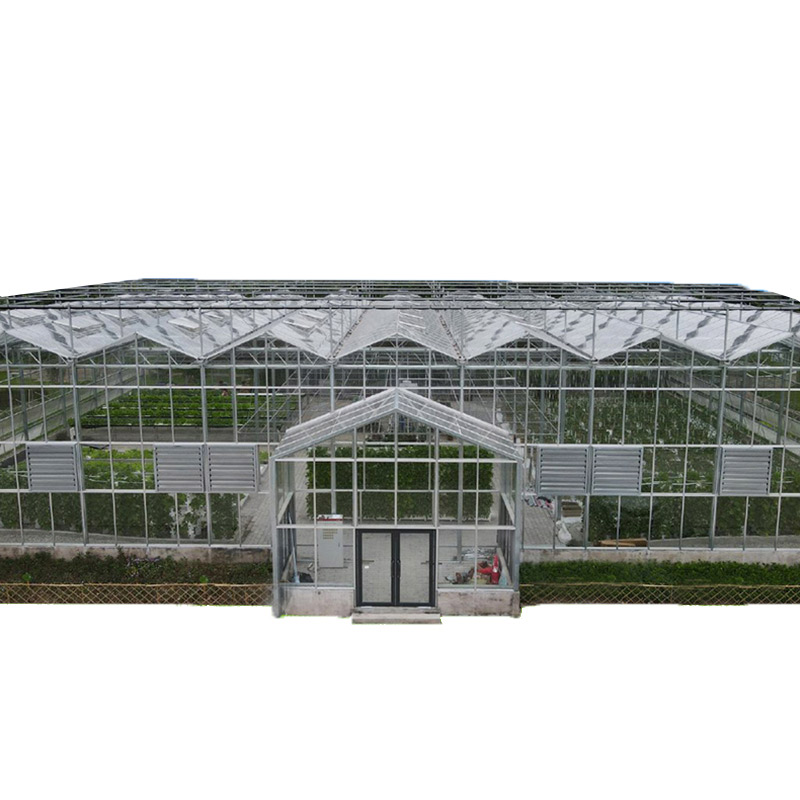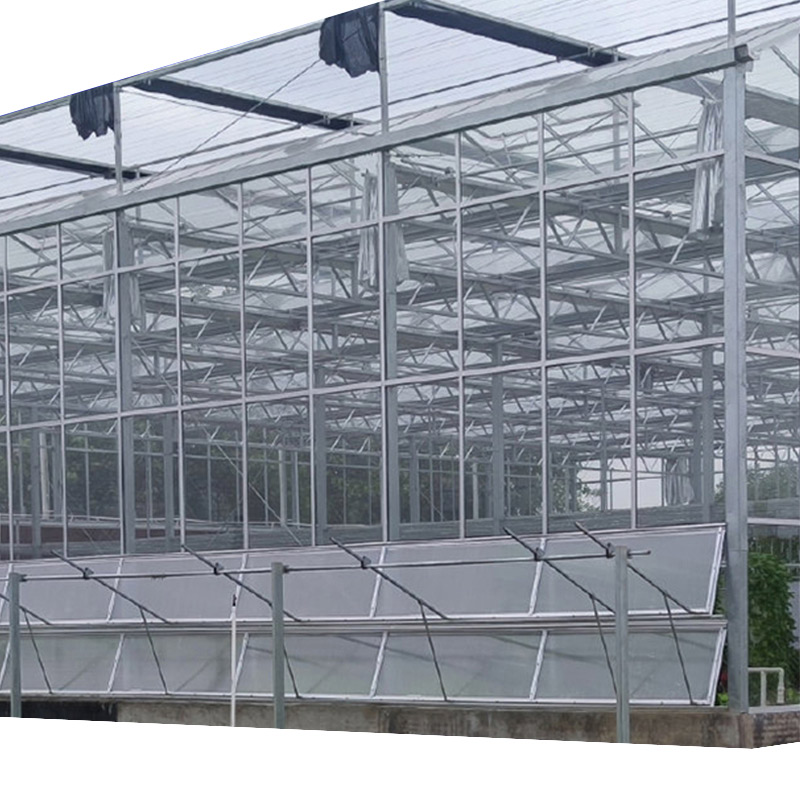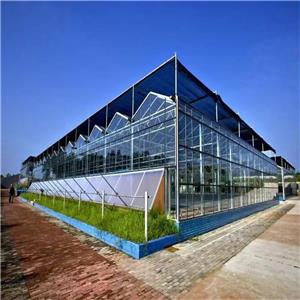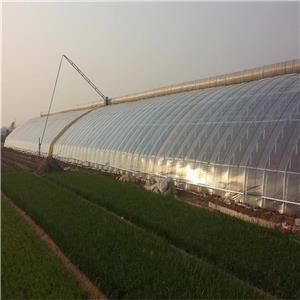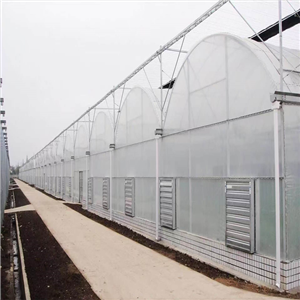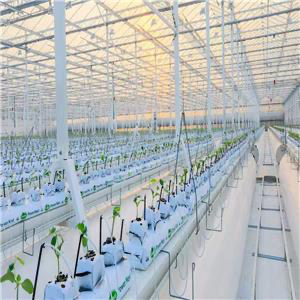
double glazed greenhouse and double pane greenhouse, toughened glass greenhouse and mini glass greenhouse are an advanced horticultural structure designed to optimize temperature control, energy efficiency, and plant growth. Unlike traditional single-pane greenhouses, it features two layers of glass (or polycarbonate) with an insulating air gap in between, significantly reducing heat loss. This design ensures a stable microclimate, making it ideal for year-round cultivation in varying climates.
Single and Double Layer Mini Toughened Glass Greenhouse
1. Introduction of double glazed greenhouse,double pane greenhouse and mini glass greenhouse
Greenhouses have revolutionized modern agriculture by enabling year-round cultivation, regardless of external weather conditions. Among the various types available, single and double-layer mini toughened glass greenhouses stand out for their durability, thermal efficiency, and adaptability. These structures are ideal for hobbyists, urban gardeners, and small-scale commercial growers who need a compact yet robust growing environment.
This guide explores the design, benefits, applications, and technical aspects of single and double-layer toughened glass greenhouses, helping you determine the best option for your needs.
2. What are double glazed greenhouse,double pane greenhouse and mini glass greenhouse?
A mini toughened glass greenhouse is a small-scale, structurally reinforced growing enclosure made from tempered (toughened) glass, which is 4-5 times stronger than standard glass. These greenhouses come in two primary configurations:
Single-layer toughened glass greenhouses – A single pane of tempered glass, offering basic protection and light transmission.
Double-layer toughened glass greenhouses – Two panes with an air gap for enhanced insulation and energy efficiency.
Key Features of double glazed greenhouse,double pane greenhouse and mini glass greenhouse
✔ Compact size (typically 6m² to 20m²) – Ideal for balconies, rooftops, backyards, and small farms.
✔ High-strength glass – Resistant to impacts, wind, and hail.
✔ Excellent light transmission (up to 90%) – Promotes optimal photosynthesis.
✔ Modular design – Easy to assemble and expand.
✔ UV resistance – Protects plants from harmful radiation.
3. Single vs. Double Layer: Key Differences
| Feature | Single-Layer | Double-Layer |
|---|---|---|
| Insulation | Basic | Superior (reduces heat loss by ~30-50%) |
| Energy Efficiency | Lower | Higher (reduces heating costs) |
| Durability | Strong | Even stronger (dual-layer protection) |
| Cost | More affordable | Higher initial cost but long-term savings |
| Best For | Mild climates, seasonal use | Cold climates, year-round growing |
When to Choose toughened glass greenhouse?
If you live in a temperate climate with mild winters.
For seasonal gardening (spring/summer).
If budget is a primary concern.
When to Choose Double-Layer?
For year-round cultivation, especially in cold or variable climates.
If energy savings are important (reduces heating needs).
For growing delicate or high-value crops (orchids, tropical plants, seedlings).
4. Advantages of double glazed greenhouse,double pane greenhouse and mini glass greenhouse
4.1. Superior Durability & Safety
Toughened glass is heat-treated for extra strength, making it resistant to breakage.
If shattered, it breaks into small, blunt pieces (unlike sharp shards from regular glass).
Withstands hail, strong winds, and snow loads better than polycarbonate or plastic greenhouses.
4.2. Optimal Light Transmission
Glass allows 90%+ light penetration, unlike polycarbonate (80-88%) which degrades over time.
No yellowing or clouding, ensuring consistent light for plant growth.
4.3. Excellent Thermal Performance (Double-Layer)
The air gap in double-glazed units acts as insulation, reducing heat loss.
Maintains stable temperatures, preventing sudden drops at night.
4.4. Low Maintenance & Longevity
Resistant to UV degradation, scratches, and chemical damage.
Easy to clean (no plastic discoloration).
Lasts 20+ years with minimal upkeep.
4.5. Aesthetic Appeal
Sleek, modern look that enhances garden/urban spaces.
Can be customized with aluminum or wooden frames.
5. Applications of double glazed greenhouse,double pane greenhouse and mini glass greenhouse
5.1. Home & Urban Gardening
Perfect for balconies, terraces, and small yards.
Grows herbs, vegetables, flowers, and succulents.
5.2. Commercial Micro-Farming
Used for high-value crops (strawberries, salad greens, medicinal plants).
Enables organic farming in limited spaces.
5.3. Research & Education
Universities and schools use them for plant biology experiments.
Ideal for seedling nurseries and propagation.
5.4. Climate Adaptation
Extends growing seasons in cold regions.
Protects plants from excessive rain, wind, and pests.
6. Technical Considerations Before Buying of double glazed greenhouse,double pane greenhouse and mini glass greenhouse
6.1. Frame Materials
Aluminum – Lightweight, rust-proof, durable.
Galvanized Steel – Stronger but heavier.
Wood – Aesthetic but requires maintenance.
6.2. Glazing Thickness
Single-layer: 4mm-6mm toughened glass.
Double-layer: 4mm glass + 6-12mm air gap.
6.3. Ventilation & Climate Control
Roof vents, side windows, and automatic openers help regulate temperature.
Shade nets or blinds prevent overheating in summer.
6.4. Foundation & Stability
Requires a level base (concrete, wood, or gravel).
Anchoring needed in windy areas.
7. Maintenance Tips of double glazed greenhouse,double pane greenhouse and mini glass greenhouse
✔ Clean glass regularly (use vinegar or mild detergent).
✔ Check seals (double-layer units) to prevent air leaks.
✔ Inspect the frame for corrosion or damage.
✔ Monitor humidity levels to prevent mold.
8. Conclusion of double glazed greenhouse,double pane greenhouse and mini glass greenhouse
ed glass greenhouse (single or double-layer) is an excellent investment for gardeners and small-scale farmers seeking durability, energy efficiency, and optimal growing conditions. While single-layer is cost-effective for mild climates, double-layer provides superior insulation for year-round use.
By considering frame material, glazing type, and ventilation, you can select the best greenhouse for your needs. Whether for home use, commercial farming, or research, these structures offer a long-lasting, high-performance solution for modern horticulture.


